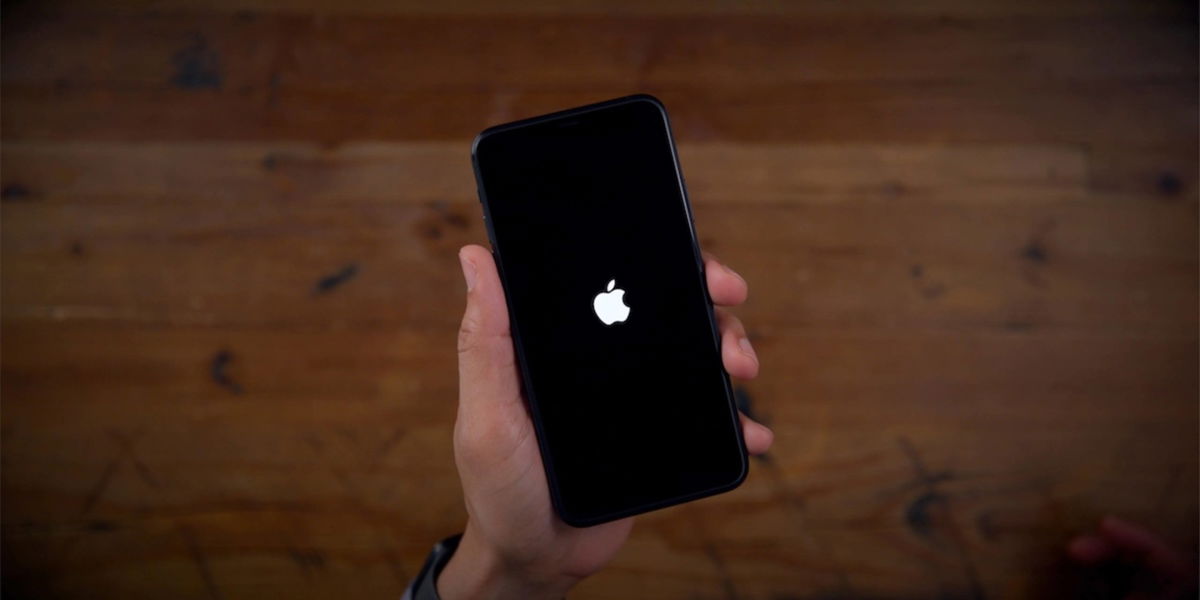
Safari is one of the most popular web browsers in recent years. If you are a Mac user, you surely know this. And if you’ve reached iPhone or iPad, you might also have realized that Safari has a fundamental role in the Apple ecosystem. Now, whenever you download something from Apple’s web browser, don’t you know where those downloads are on your computer? From the following lines we will detail where are safari downloads saved on iphone.
As usual, in each web browser you use, the destination folder where downloads are stored varies. This is why it is better to adjust the destination of all this material from the beginning and thus not lose valuable information. It is more, the faster you can locate the destination folder, the better. This way you can remove anything you don’t need and free up space for the future.
For Apple devices, the default browser is Safari. In other words, every download and opening of a web page offered to you via an alternative service such as email or vi a an instant messaging platform such as WhatsApp will open directly in the Safari browser.
Where Safari Downloads Are Hosted on the iPhone

As we told you, Safari for iOS and iPadOS has evolved over time. The same thing happened with the operating system that powers both iPhone and iPad. Moreover, iOS only rules the iPhone, while the iPad operating system has been renamed to iPadOS to distinguish itself from the bitten-apple smartphone.
Whatever the case of the computer we use, for some years now Safari has allowed us to directly download files that will be stored directly in a folder created for this purpose and called ‘Downloads’.
To check where this folder is, you just need to Go to the “Settings” of the device, scroll through all the subsections until you find the one that refers to the “Safari” web browser.. Once inside, you will see that one of the options is “Downloads”. There you will be told where all the files you downloaded are stored. Typically, iCloud Drive will take care of collecting all those uploaded files, which can range from photos to PDFs, like manuals.
If you click on this section, you can choose the location you prefer. It is more, if you prefer the downloads to be done locally, this will be a way to differentiate between the downloads you do through the iPhone and those you do through the iPad
Files such as iOS and iPadOS Finder – looking for downloads folder

As we have already mentioned, Apple’s mobile operating system has received many improvements. Moreover, in the case of the iPad, it is no longer just a mobile device that was primarily focused on content consumption, but has also become a working tool for many types of users. Moreover, in some cases, the iPad – always accompanied by an external keyboard – has become a substitute for the laptop.
One of the clearest examples was the “Files” integration, a file manager for the computer that becomes a MacOS ‘Finder’but not with as much power. Likewise, it is the best way to have all your documents and files stored in an orderly manner.
Well, in the left column you will have the ‘Locations’ which are usually broken down as follows:
- On my iPhone/iPad: This is usually the local location and refers to the internal storage of the equipment
- En iCloud Drive: This is Apple’s cloud storage service and is usually shared with all the computers you use and where files from other services like Pages, Keynote, Numbers, etc. are usually stored.
- Locations referring to other third-party cloud-based storage services can also be found. Some examples would be: DropBox, Google Drive, OneDrive or some Adobe suite services

Depending on where we have chosen to store the downloads that we make in Safari, we must first choose the location of it: local storage, iCloud Drive or third party. And inside, find the folder that refers to downloads. Here you will find all the downloaded directory. Remember that when you decide to delete a file in iCloud Drive location, it will not be visible on other mobile devices that you use daily. That’s why we usually comment that local storage is usually a good solution.








